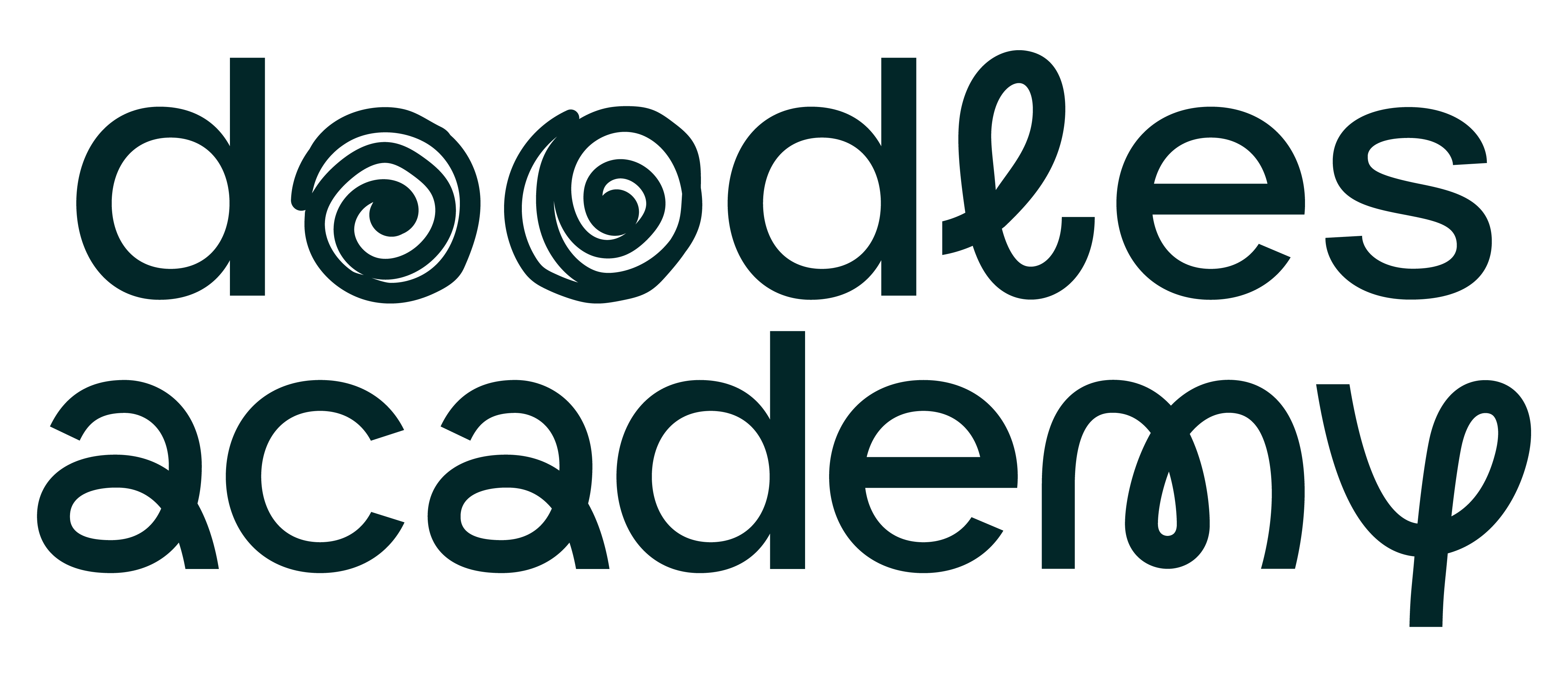Back to: Near & Far (lower grades)
Overview:
In this lesson, student artists begin brainstorming things they would love to see or experience someday. They create a book that holds a visual ‘bucket list’ of collaged images from magazines.
Students will be able to:
- define ‘content’.
- create a book, then cut and glue pictures to represent things that interest them.
Setup:

Students will be working independently.

Have materials set up in a way that is easy to pass out, see, and select from.
Materials:
- Old magazines to cut up—preferably ones that focus on travel or places
- Scissors
- Glue
- Construction paper (for the inside of the book as well as the cover—copy paper can be used as a cheaper alternative).
Media:
- N/A
Handouts & Photocopies:
- N/A
Lesson 1
10M, INSPIRATION IMAGE
LOOK AND DISCUSS AN ART PIECE THAT INTRODUCES SOME OF THE LESSON CONCEPTS
Project the inspiration image where students can see it. Give students a moment to study it silently, then begin a brief discussion with the phrase, “What can we find?”. Paraphrase what students say for the benefit of the class, being careful to remain neutral, then ask “What else can we find?”. Alternately, allow them to draw or write what they notice on a blank piece of paper or in a sketchbook.
- Xing Danwen Chinese, Urban Fiction No. 13 (2005)
- With Urban Fiction, a series beginning in 2004, Xing explores the form and psyche of contemporary living in modern high-rise “palaces of the people.” In these large-scale color photographs of real-estate developers’ architectural models, Xing has digitally inserted tiny cutout figures to enact a variety of imaginary human dramas. (more from the Met)
Note on using the information above: As your students participate in a conversation around this artwork, it may occasionally be helpful to provide them with additional or contextual information. This information can and should be imparted at the teacher’s discretion.
The point of this discussion time is to have students learn and add onto each other’s thoughts. By remaining neutral and simply repeating what students say you allow students to do the heavy mental lifting and also create an environment where there is no wrong answer, fostering creativity and mental risk-taking.
5M, INTRODUCTION VIDEO
WATCH THE INTRODUCTION VIDEO & CHECK FOR UNDERSTANDING
Check for understanding by asking, “Who was listening closely that can sum up what we are doing today?” Make sure that student artists can list all the steps and clarify anything that needs clarifying.
- What does content mean?
- What is a collage? (cut out pictures, glued down)
- Student artists should be able to describe the bucket list as a list of things that they want to see, do, or experience. Ask them to include at least one place or location.
20-25M, WORKTIME
FOCUS ON GETTING THE KIDS EXCITED AND ENGAGED IN POSSIBILITIES
The student artists work independently on their work as the teacher circulates. Foster strong work habits by commenting on student artists who are focused on their work as well as student artist who seems be pushing themselves to try new things.
At this point, student artists should having fun imagining places they could travel or visit. The focus on the conversation should be in getting student artists to imagine different possibilities, and to begin formulating ideas about what they would like to see and experience if they had no restrictions.
5-10M, CLEAN-UP/PRESENTATIONS
STUDENTS PRESENT WORKS IN PROGRESS AND DISCUSS THE ARTISTIC DECISIONS THAT THEY MADE
Sharing should work as follows:
- Student stands by their work. A teacher should hold it, or place it on an easel.
- The student presents their work, answering What they made, How they made it, and Why they made the decisions that they did. When they are done they ask, “Any comments or questions?” and can take responses from the audience.
- A note on responses: it is o.k. if an audience member questions or wants clarification from the artist. It is also o.k. if an audience member makes suggestions. But it must be done in a kind, thoughtful, and respectful way.
- Always end the conversation by asking the class to give the artist a compliment.
Depending on the teacher’s style of classroom management, it might be helpful to only choose and train a few kids to clean. The rest of the class can be busy with the presentation. Make sure to train these helpers well in advance so that you aren’t left with a messy room.
Clean-up times will vary with materials; get to know your class and allow 5-10 minutes depending on how efficient they are and whether or not the material was messy.
ANTICIPATED PROBLEMS
- If student artists cannot find pictures that they like, or if they have something specific in mind, they can draw them.
- If they forget to fold their book in 1/2, they can staple down one side instead.
- Double-check that student artists have included at least one ‘place’ (i.e, a city, a forest, etc.) so that they have somewhere to put the things that they want to see in the next lesson.
EARLY FINISHERS
Student artists can add additional pages if they run out of space, and continue working on this until class is over.
This project is free to access, but after the first lesson, you will have to create a free account and enroll in the course. After you create an account and enroll, the project can be accessed from the ‘artroom’ tab at the top of the page.
